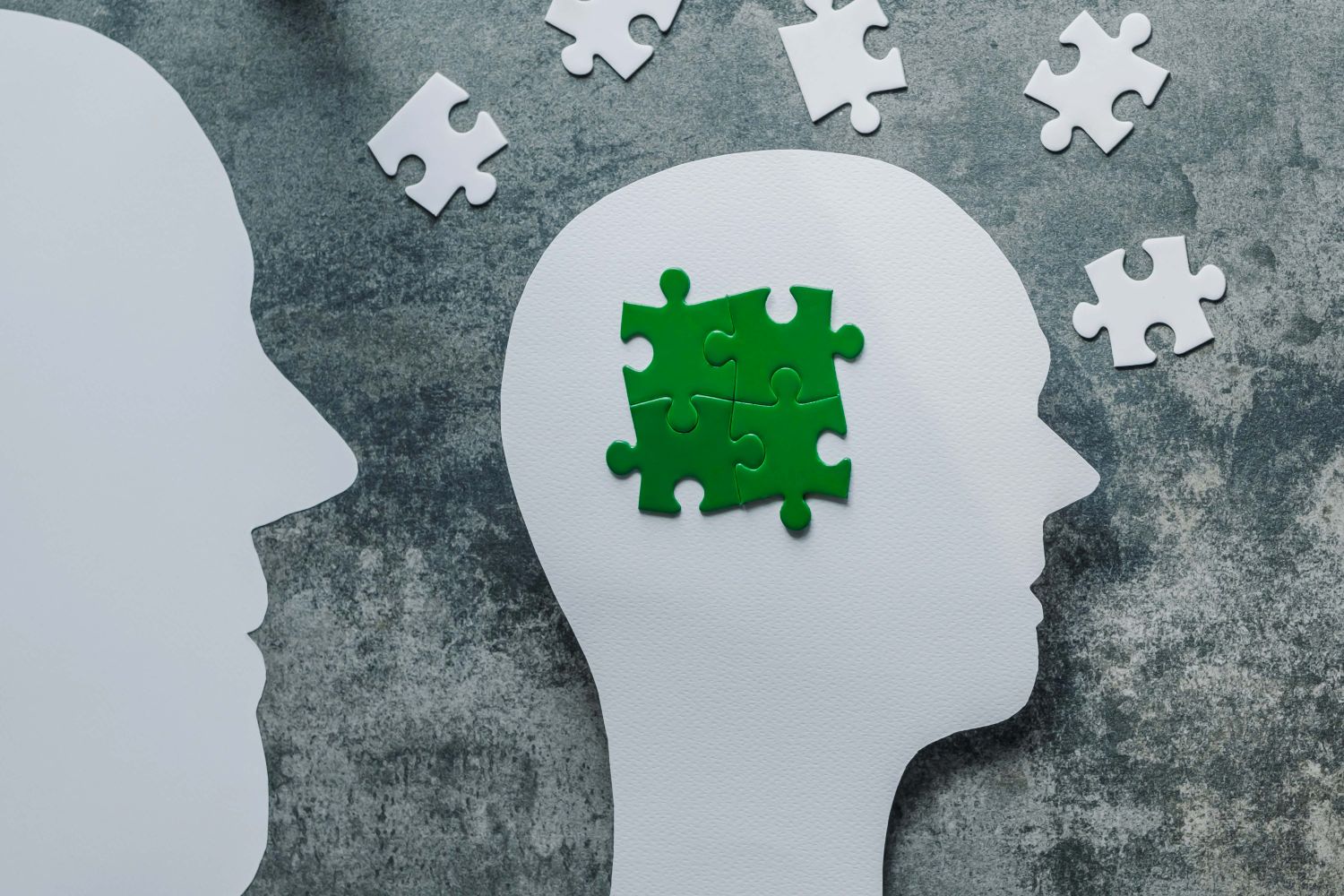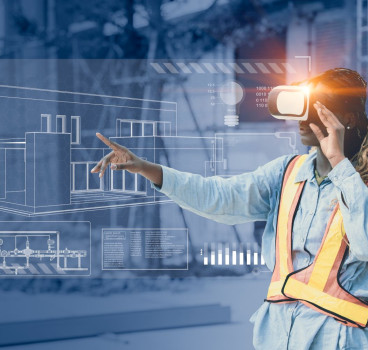Addressing PTSD in construction workers
While general stress awareness and mental health campaigns have gained traction within the construction industry, it is now having to confront a growing range of deeper, more insidious. Post-Traumatic Stress Disorder (PTSD) and other acute mental health impacts stemming from accidents, unrelenting high-pressure environments and the isolating challenges of prolonged remote or away-from-home work, need to be addressed. This is not merely about stress management - it is about dealing with trauma, anxiety disorders and depression that can cripple lives long after the physical work is done, writes John Ridgeway.
The very nature of construction, particularly on large, complex projects, inherently involves risk. Accidents, even near-misses, are a grim reality. While physical injuries are immediately addressed, the psychological fallout often goes unrecognised and untreated. Witnessing a serious injury to a colleague, being involved in an accident oneself, or even observing a catastrophic structural failure can be profoundly traumatic.
These single incidents, or a cumulative series of them, can trigger PTSD, a severe anxiety disorder that extends far beyond the immediate shock. Sufferers may experience intrusive thoughts, flashbacks, nightmares and severe anxiety when reminded of the event. They might avoid places or activities that trigger memories, leading to social withdrawal, difficulty concentrating and persistent feelings of detachment or irritability. This often-invisible wound can make a return to the job site, or even daily life, an unbearable struggle, yet the prevailing culture often provides little space for such vulnerability.
Beyond the acute trauma of accidents, the relentless high-pressure environment of construction acts as a chronic catalyst that can erode mental well-being over time, leading to more profound conditions than everyday stress. The industry is notorious for its unforgiving deadlines, tight budgets and the constant threat of penalties for delays. Project managers, site supervisors and even ground-level operatives are often caught in a relentless cycle of pressure, expected to push boundaries and overcome obstacles without showing weakness.
This continuous state of high alert, coupled with long working hours, can lead to chronic anxiety, burnout and depression. Unlike fleeting stress, these conditions can manifest as persistent low mood, loss of interest in activities, pervasive fatigue, sleep disturbances and even physical symptoms like headaches and digestive issues. The expectation of stoicism, a pervasive 'tough' persona, often prevents individuals from admitting they are struggling, trapping them in a spiralling decline.
Working away from home
Furthermore, the very structure of construction work often necessitates prolonged periods of working away from home. For many, this means weeks or months isolated from family, friends, and established support networks. While 'fly-in, fly-out' (FIFO) or 'remote' work is common in certain sectors like mining, it is increasingly prevalent in large-scale infrastructure projects across the UK. This isolation, coupled with living in temporary accommodation, can lead to profound loneliness, exacerbating existing mental health vulnerabilities or triggering new ones.
The absence of familiar routines, the lack of personal space and the inability to participate in family life can contribute to depression, anxiety and an increased risk of substance abuse as coping mechanisms. The emotional toll of missing milestones, being disconnected from loved ones and feeling perpetually 'on the road' is a hidden burden that often goes unaddressed in workplace well-being strategies.
The historical emphasis in construction has, understandably, been on physical safety - hard hats, high-vis vests, fall arrest systems. This visible commitment to preventing physical harm is non-negotiable and has undoubtedly saved countless lives. However, the industry is belatedly recognising that mental safety deserves equal, if not greater, attention. The 'macho' culture, while fostering a sense of camaraderie and resilience, has also inadvertently created a barrier to open discussions about feelings, fear and psychological distress. Admitting to struggling with anxiety or depression, let alone PTSD, has often been perceived as a sign of weakness, potentially jeopardising one's career prospects or standing among peers. This pervasive stigma is perhaps the greatest obstacle to addressing the silent scars.
The consequences of ignoring these acute mental health impacts are far-reaching. Beyond the devastating personal toll on individuals and their families, untreated mental health conditions lead to decreased productivity, increased absenteeism, higher rates of presenteeism (being at work, but unable to function effectively), elevated staff turnover, and, ironically, an increased risk of physical accidents. A worker struggling with PTSD or severe anxiety may have impaired concentration, slower reaction times and poor judgment, turning a high-risk environment into an even more dangerous one. The economic cost to the industry, though often hidden in other metrics, is immense, but it pales in comparison to the human cost.
Traumatic environments
Companies must acknowledge that construction sites, by their nature, can be traumatic environments. This means actively preparing for the psychological aftermath of incidents, not just the physical clean-up. Critical Incident Stress Management (CISM) protocols should be in place, providing immediate psychological first aid and pathways to professional support following accidents, even for witnesses. Training for supervisors and managers needs to extend beyond basic mental health awareness to include an understanding of trauma responses and how to provide compassionate, non-judgmental support.

Secondly, fostering a culture of psychological safety. This is about creating an environment where, speaking up about mental health struggles is not just tolerated, but encouraged and supported. It means leadership actively role-modelling openness, sharing their own experiences (where appropriate) and consistently communicating that mental health is as important as physical health. It involves reducing stigma through educational campaigns that normalise mental health challenges, emphasising that these are common human experiences, not signs of personal failure. Anonymous feedback channels, employee assistance programmes (EAPs) with robust counselling services and clear pathways to external support organisations must be widely publicised and easily accessible.
While deadlines and budgets are inherent to the industry, companies can also explore strategies to reduce their relentless pressure. This might include more realistic scheduling, empowering site teams with greater autonomy, fostering supportive team dynamics and ensuring adequate rest periods. For those working remotely or away from home, proactive measures to combat isolation are crucial. This could involve ensuring high-quality, comfortable accommodation, facilitating regular family contact through technology, organising social activities and establishing clear support networks among remote workers. Some companies are even exploring flexible working arrangements where possible, allowing more frequent returns home.
In addition, generic mental health awareness courses are a starting point, but they are insufficient for the specific challenges of construction. Training needs to be tailored to the industry's context, discussing real-life scenarios, and providing practical tools for managing the unique stressors. This could include resilience training, conflict resolution skills and targeted support for roles that carry immense pressure, like site managers.
Furthermore, partnerships with specialist mental health charities and organisations that understand the nuances of male-dominated, high-risk industries can provide invaluable external expertise and resources. Programmes like those pioneered by MATES in Construction in Australia, which embed peer-to-peer support and suicide prevention training directly on-site, offer a compelling model for localised, effective intervention.
Finally, the industry must engage in ongoing data collection and evaluation. Just as physical safety metrics are meticulously tracked, mental health outcomes need to be monitored to understand the true prevalence of issues like PTSD, anxiety and depression. Anonymous surveys, feedback from EAPs, and analysis of absenteeism and turnover rates can provide valuable insights. This data should then inform continuous improvement cycles for mental health strategies, ensuring that interventions are effective and resources are allocated where they are most needed. It’s a long-term commitment, not a tick-box exercise.
The silent scars of construction-related PTSD and other acute mental health conditions are a profound challenge, but one that the industry is increasingly recognising and beginning to address. It demands a collective effort to dismantle old cultural norms, to validate the unseen struggles and to invest meaningfully in mental well-being beyond superficial gestures.
Additional Blogs

Are architects losing their influence in the digital era?
For decades, architects have been the central creative force in construction, shaping the buildings we see and the way projects are conceived, communicated and delivered. Their role has been...
Read moreWhy the word “Innovation” has lost its meaning in construction
“Innovation” has become one of the most overused terms in construction. It appears in the dozens of press releases we receive each day, conference talks and project reports, often without any real...
Read more

Retrofit fatigue and are we asking too much of old buildings?
As the world pushes toward net-zero emissions, the pressure to decarbonise our built environment is more intense than ever. Governments, developers and building owners are investing heavily in energy...
Read more